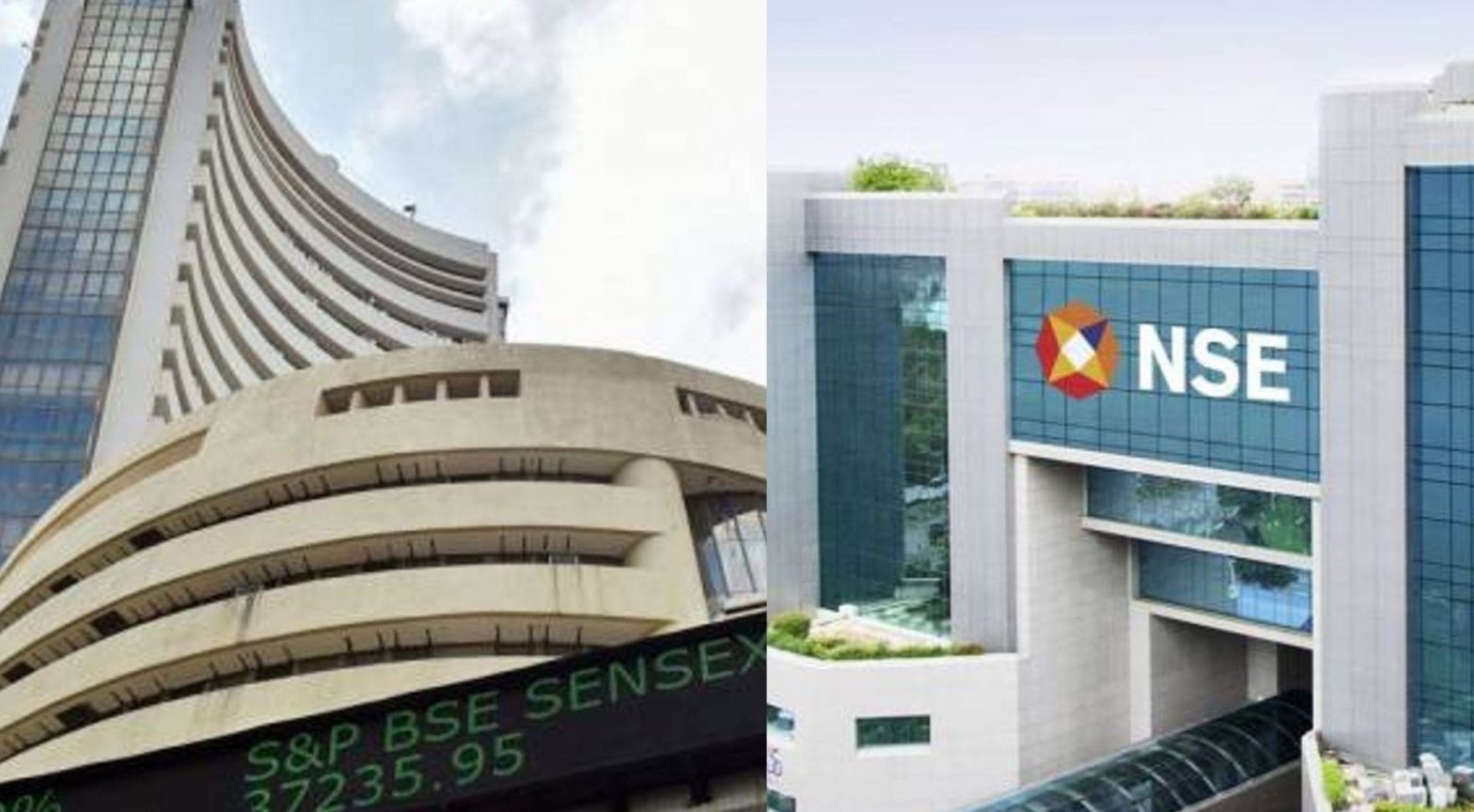BSE vs NSE: How are they different

Stock market or equity investors in India can trade in any of the regional stock exchanges or the National Stock Exchange (NSE). The most sought-after stock exchange is the Bombay Stock Exchange (BSE). NSE is as popular as BSE. These are two of the biggest stock exchanges in India and are available all over India. The bulk of the trading volume in the country happens on these stock exchanges. BSE and NSE are among the largest stock exchanges in all of Asia right after Japan, China, and Hongkong.
Traders and investors investing in stocks often don’t know the differences between these exchanges. Here’s all the info you need on them.
What are stock exchanges?
Companies raise money by issuing shares to the public. Once the shares are issued, they are listed on the stock exchange where investors get an opportunity to sell or buy shares. Stock exchange is the place where all shares get traded. These are regulated by the Securities Exchange Board of India (SEBI). You can trade in stocks by opening a demat or trading account with a depository participant or stockbroker.
What is NSE?
This stock exchange was founded in the year 1992. It is India’s biggest stock exchange in terms of market capitalization and volumes. The NSE was the first stock exchange to introduce electronic and fully automated trading for Indian investors. Earlier, there was paper based trading and a physical share certificate was provided. Now, after the NSE started an electronic system of trading, all trades are automated.
The stock exchange has the popular benchmark index NIFTY 50. The NIFTY index derives its value from 50 of the biggest companies listed on the stock exchange (in terms of market capitalization). These are the most frequently traded companies listed on the NSE. When it comes to the number of contracts traded, NSE is one of the world’s largest stock exchanges in the derivatives segment.
What is BSE?
The Bombay Stock Exchange (BSE) started its operations in the year 1875. Earlier it was called “The Native Share & Stock Brokers Association.†BSE is one of the oldest stock exchanges in Asia. The BSE shifted from the physical share trading system to fully electronic trading (BOLT) only in 1995.
The popular Sensex which is considered as the Indian stock market benchmark is part of the BSE. This index was first introduced in the year 1986. The index has the top 30 companies that are listed on the BSE in terms of market capitalisation.
Differences between NSE and BSE
· When it comes to global stock exchange rankings, BSE is ahead of NSE as it is one of the oldest stock exchanges.
· From the time of its launch, NSE has been a fully electronic stock exchange encouraging paperless trading system.
· In the derivatives contracts segment, NSE has monopolized the entire segment. NSE indices, the NIFTY 50 and Bank NIFTY, are popular and are the most highly traded contracts in the derivative segment in India.
· The NSE has more than 1600 companies listed, while the BSE has more than 4700 companies on its exchange.
· Even though the BSE is the only listed exchange in India, NSE is coming up with its Initial Public Offering (IPO). The BSE is listed on its rival stock exchange platform, the National Stock Exchange. While NSE also had plans of getting listed on a stock exchange, it unfortunately never came to pass due to several legal hurdles.
Conclusion
Both the BSE and the NSE are among the best stock exchanges in the world. However, with a greater number of listed companies, BSE is the ideal platform for beginners. For experts, the NSE has an excellent repertoire of derivative contracts.
If you are a beginner to equity investing, then try investing in mutual funds and learn the ropes. Wealthzi can help you start.

